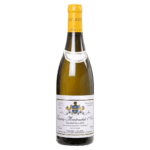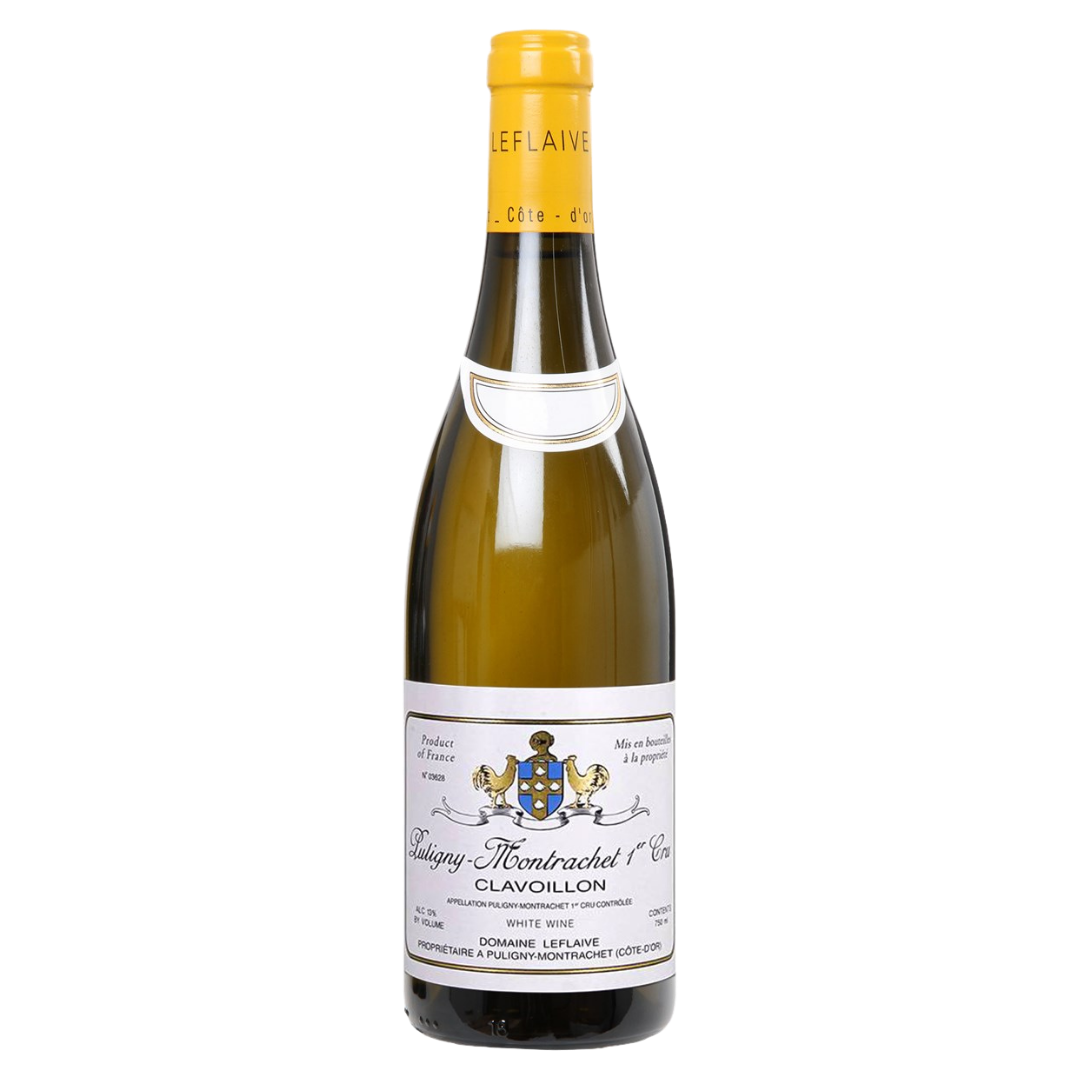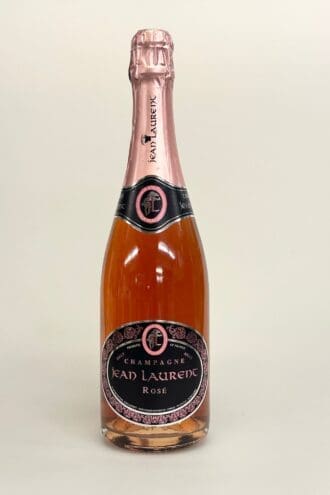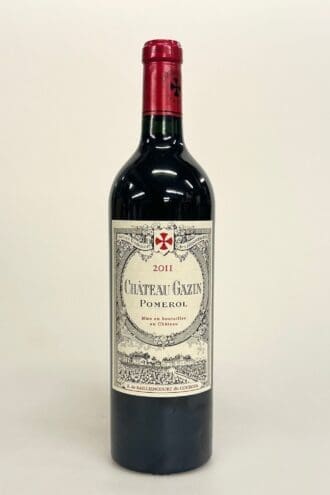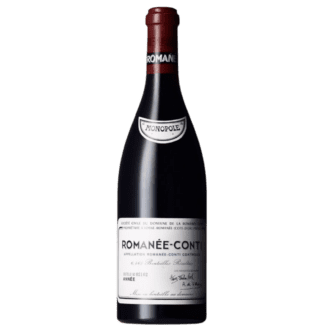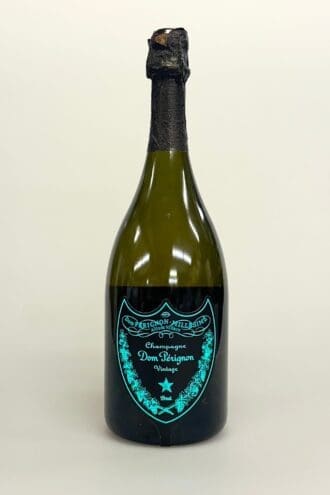Domaine Leflaive Puligny-Montrachet 1 Cru Clavoillon 2012
The 2012 Puligny-Montrachet 1er Cru Les Clavoillon was matured in 25% new oak. It has a light bouquet of grass clippings and green apple, the mineralite just dialed down a notch. The palate is crisp and fresh on the entry with very good acidity, although the finish is missing just a little weight and presence at the moment. Still, this is a pleasurable if not such an intellectual Clavoillon at the moment. Anne-Claude Leflaive made a brief appearance during my tasting at the domaine since she was hastening off to Italy. I have been visiting here for as long as I can remember, first meeting former winemaker Pierre Morey in the 1990s. Back in those days, the tenets of biodynamism were evident, although back then I did not really understand them. Today, there is almost evangelism towards Steiner’s philosophy, not in a monomaniacal sense, rather a strong belief that Anne-Claude’s wines would be pale shadows without them. Parking outside their gates, it was good to be back after a three-year absence. Nothing much had changed. On this occasion it was Antoine Repetit de la Bigne who escorted me down to the stainless-steel vats where the final blends were resting prior to bottling, which is where I always taste. I wondered whether finally I would hear “Oui” when I ask whether I could taste their single barrel of Montrachet? I decided not to ask. That would be rude. Antoine told me that the harvest began on September 14 and everything was picked by September 21. Of course, I had to bring up the topic of hail damage. Antoine explained that here it was de facto the second hail storm on August 1 that inflicted the most damage, particularly on their parcels of village cru. In the end, Leflaive ended up losing approximately half their crop depending up the vineyard. “Fortunately it was just before veraison so the berries did not have a lot of juice in them,” Antoine informed me, clambering up the ladder to dip his pipette into another vat. “Curiously, even the big berries had little juice. It was important to apply the treatments quickly so that the vines do not become stressed and retard the vegetative cycle. We used nettle and velarian (a source of phosphorous) that were both very effective. Then when it came to sorting, the vibrating table de trie was crucial.” Many of the treatments had to be done on foot, much to the chagrin of the team plodding through the vines in their heavy muddy boots. Usually for the last three years it has been horses hooves in the vineyard. However, in 2012 it was found that two human legs were better than four equine ones. It is always an intellectual as well as satisfying sensory exercise tasting through Anne-Claude Leflaive’s wines. It always serves as a lesson in terroir expression: same grape, same approach. As so often I find, those not wishing to spend too much money ought to head directly from their village cru, their Puligny-Montrachet one of the finest you will find in Cote de Beaune. Beyond that, well each year springs up a different premier cru that catches you off guard. Myself, I was taken with stunning Les Pucelles due to its precocity and intensity that lifted it equal to the grand crus. Others might prefer something subtler. I do not think Anne-Claude wines are beyond criticism. Sometimes the aura that veils the estate and Anne-Claude herself, creates a shield so that they are impermeable to dissenting comments. Biodynamics itself has never precluded an intrinsically superior wine to one where a load of chemical was dumped onto the vineyard. The question is more: if given the choice, which would you prefer to put in your mouth? Antoine hands me a copy of his paperback entitled “What’s so Special About Biodynamic Wine.” I read the chapter on wine critics on the way home. I agree with him that we should strive to taste as much as possible at the domaine, but at the end of the day, a biodynamic wine should not be critiqued with preferential treatment. Whether Anne-Claude Leflaive’s Chevalier-Montrachet is biodynamic or not is irrelevant. I am more interested in its intrinsic qualities vis-a-vis their Les Pucelles or Bienvenue, vis-a-vis the Chevalier-Montrachet from Alain Chavy, Jean Chartron, Etienne Sauzet or Michel Niellon. And the Chevalier-Montrachet here is a sublime expression of the vineyard no doubt destined to age with grace and style. That is what matters. You may have noticed there is no Montrachet note here. The reason is not personal. Just that there is so little that it is being matured in a specially made small barrel, which renders the elevage extremely sensitive and fragile (see Frederic Barnier’s comments about his Criots-Batard-Montrachet.) I would not want to ruin what little there is for the sake of vanity.
GRAPE VARIETY: Chardonnay
WINE MAKING: Biodynamic.
Manual harvesting with grape sorting and optimisation of choice of date through parcel-by-parcel ripeness monitoring.
Read more here
OBS: Brugtmoms________
Se alle vinene i Skatkammeret, kun Fine Wine & Champagne her.

